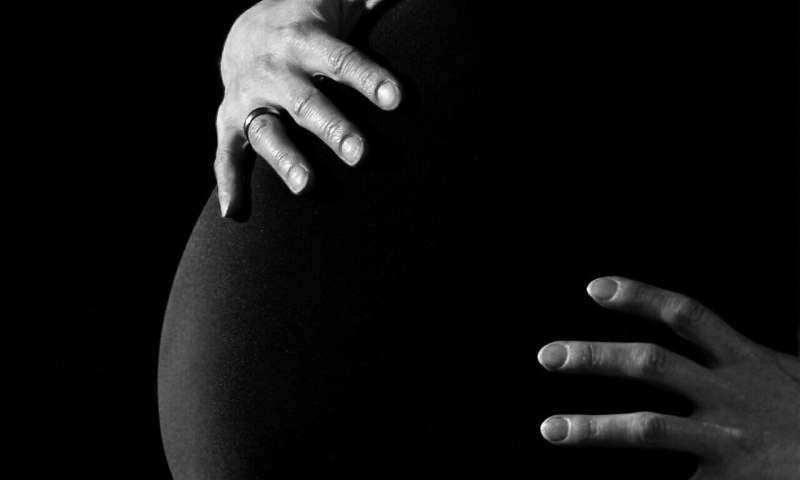This article has been reviewed according to Science X's editorial process and policies. Editors have highlighted the following attributes while ensuring the content's credibility:
fact-checked
trusted source
proofread
New study identifies common physical features in babies born to mothers who used fentanyl

Babies born to mothers who used fentanyl during pregnancy displayed similar facial and musculoskeletal abnormalities that suggest the emergence of a novel syndrome, according to research published in the journal Genetics in Medicine Open.
In the summer of 2022, a genetic counselor and a group of physicians at Nemours Children's Hospital, Delaware, noticed that several infants who were referred by local neonatal intensive care units or brought to the hospital for feeding difficulties shortly after birth had similar facial features and multiple physical abnormalities, explained senior author Karen W. Gripp, MD, Chief of the Division of Medical Genetics at Nemours Children's Health, Delaware Valley.
Gripp and colleagues enrolled six Nemours patients in a study to further assess their symptoms and characteristics. Four infants from other institutions were added later.
Gripp said the infants all had small heads, short stature, and distinctive facial features. Multiple infants had cleft palate, "rocker bottom" feet, and malformed genital organs. Other common features included short, broad thumbs, a single palmar crease, and fused toes.
Genetic testing ruled out certain suspected diagnoses, including Smith-Lemli-Opitz syndrome, a rare genetic condition. Facial feature analysis using the GestaltMatcher algorithm (FDNA Inc.) suggested that the patients did not have fetal alcohol syndrome. By ruling out these two syndromes and confirming that all the mothers had used fentanyl during pregnancy, researchers began to suspect a novel syndrome, Gripp explained.
Fentanyl is a powerful opioid which has been proven to cross the placenta and cause birth defects. Gripp said that while all the mothers of infants in this study said they had used fentanyl during pregnancy, the researchers had limited information on when they had used the drug, and in what amounts. Gripp cautioned that further research will be necessary to determine whether fentanyl caused the abnormalities, or whether the symptoms developed due to a contaminant or another drug used at the same time.
While the initial report focuses on 10 infants, Gripp said she and colleagues have heard anecdotally about more children with similar features born to mothers who used fentanyl. Clinicians have also reported seeing patients with similar but less severe characteristics, suggesting that the novel syndrome may exist on a spectrum.
Of the 10 patients in the study, six are still receiving care through the Nemours system and are being followed for further assessment of their symptoms. Three are being followed by physicians in other states, and one patient has died. Gripp aims to identify more patients for further evaluation and care.
"Given the fentanyl use epidemic, it is important to recognize this condition," Gripp said. "Analogous to prenatal alcohol exposure causing fetal alcohol syndrome with long-term physical and developmental consequences, this novel condition may impact many infants in life-changing ways."
Gripp added that future research may involve efforts to definitively confirm the novel syndrome through laboratory experiments and additional studies.
More information: Erin Wadman et al, A novel syndrome associated with prenatal fentanyl exposure, Genetics in Medicine Open (2023). DOI: 10.1016/j.gimo.2023.100834
















